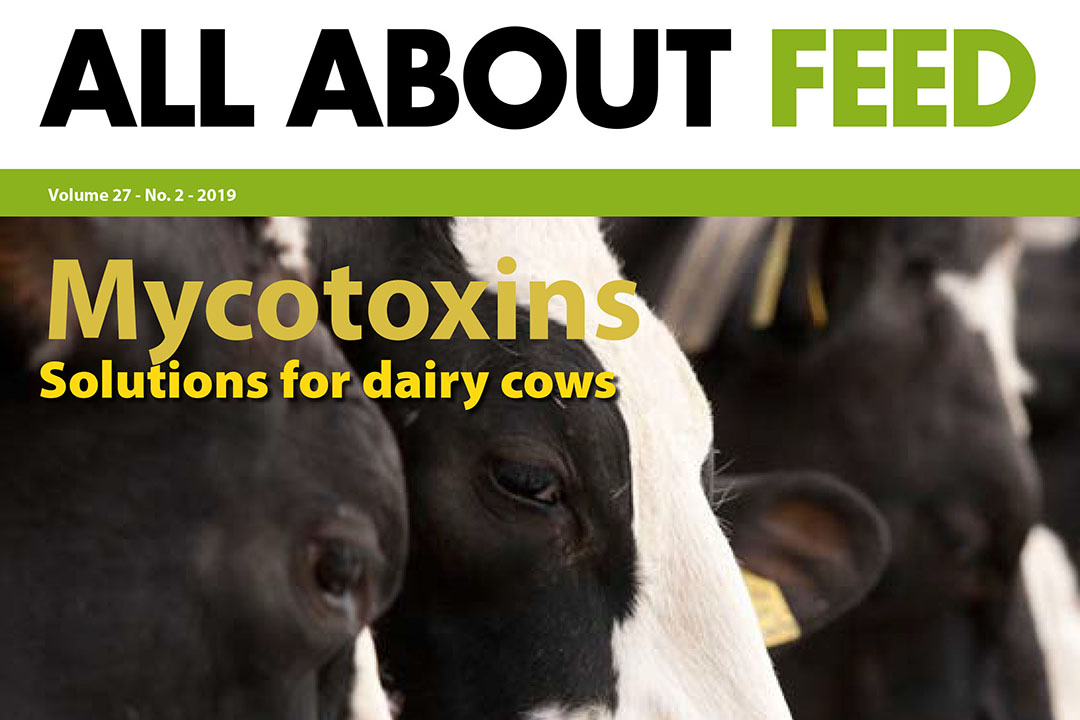New edition of All About Feed now available online

The second edition of All About Feed in the new year can now be read online. In this issue we focus on heat treatment to improve feed hygiene and why we are underestimating the sensitivity of dairy cows regarding mycotoxins.
The March edition (issue number 2) of All About Feed Magazine is out and can also be read in our digital magazine section. To access the magazine section, you simply need to register for free. This first edition of the year is packed with the latest developments in animal feed processing and diet formulation.
Ruminants: Protected against mycotoxins?
This edition’s cover story on page 26 looks into mycotoxin contamination in dairy feed. Ruminants are commonly considered “protected” from mycotoxins owing to the detoxification action of rumen flora. However, recent scientific studies have shown that only 20 to 40% of mycotoxins are really detoxified in the rumen. Morgane Piriou from Wisium writes that despite the fact that ruminants are generally considered less sensitive to mycotoxins than other animals, they can be negatively affected by mycotoxins, which may impact performances. Mycotoxins can have various effects on ruminants: depressed feed intake, decreased zootechnical performances, reproduction issues, and milk quality issues, such as increased somatic cell count (SCC). In the article she explains a mycotoxin solution that was tested in dairy cows.
Heat and acids to kill salmonella
Bacteria talk
On page 22 of this issue, Dr Hongyu Xue from Amlan International, delved into the complex interactions between feed, microbiome and host immune system. Within this, the way that bacteria communicate with each other is an important factor, known as quorum sensing? Numerous bacterial species make small-molecule signals, called autoinducers (AI), that they release into their immediate environment to track changes in cell numbers. As the bacterial population grows, increasing in density, AI concentrations also accumulate. When AI levels reach threshold, a series of events are triggered inside bacteria that ultimately result in changing the bacterial population’s behaviour and enable it to act as a large multicellular organism. This is an exciting pattern as interfering with or blocking QS does not kill pathogenic bacteria but instead inhibits virulence factor production, and has been suggested to apply less selection pressure that could result in antimicrobial resistance than conventional antibiotics.

Also in this issue:
- Factors that influence feed intake
- ID4Feed: focus on plant extracts
- Finding the right charcoal source
- Protected proteins for ruminants
- Algae derived beta-glucans











